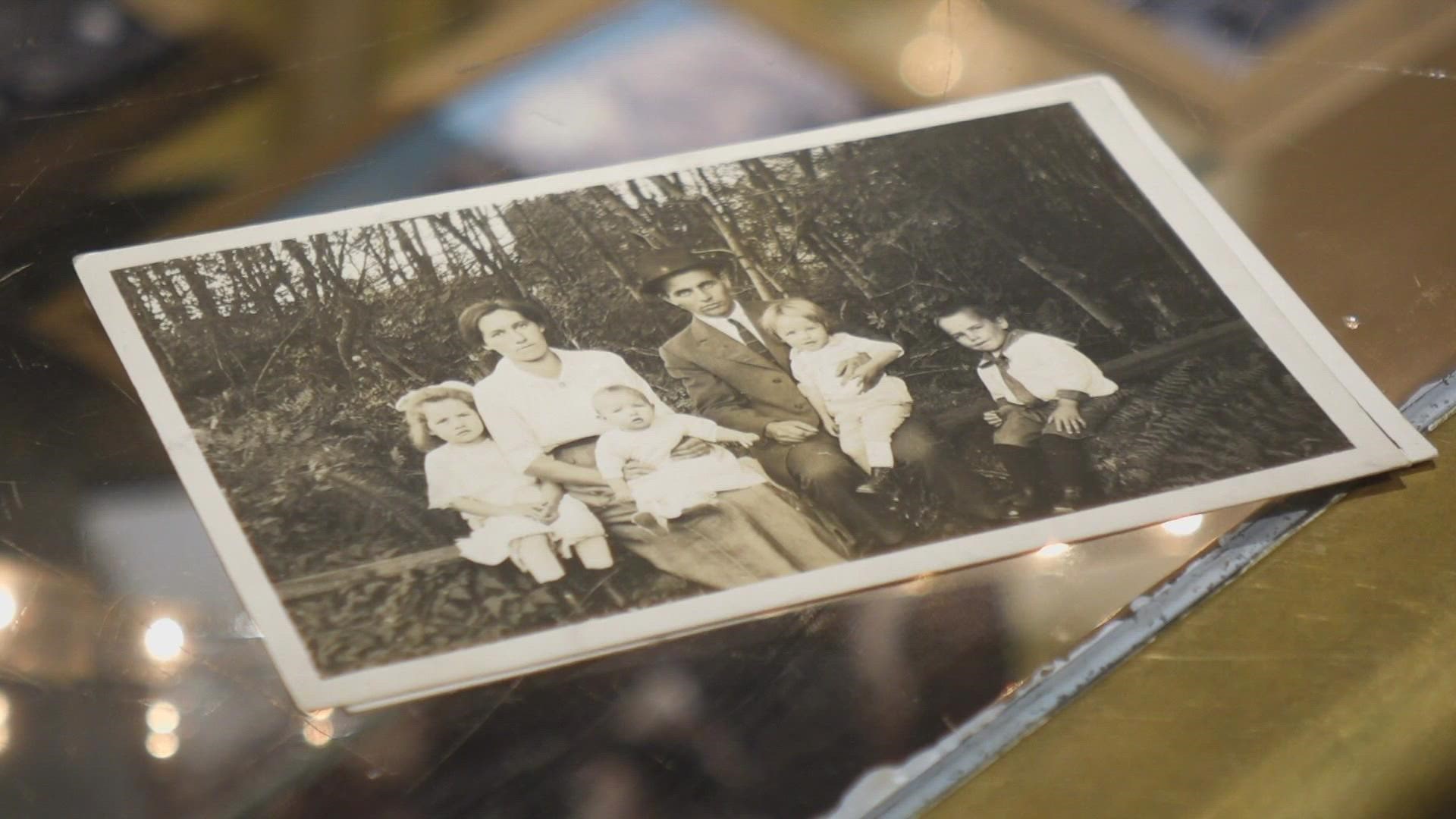NORTH BEND, Wash. — A Seattle woman donated three boxes of family photos and a tea set to the Snoqualmie Valley Historical Museum in North Bend.
The woman's grandparents and great uncles moved to the Preston area in the early 1900s. She ended up inheriting all of their photo collections.
According to the museum staff, over half of the donated photos are unidentified.
Museum staff have turned to social media to complete their job of figuring out who are in the pictures. The museum has a large following on Facebook, to who they share photos of unidentified people in Snoqualmie Valley history.
"We're just glad to be helping preserve some of that history," Assistant Director Christy Lake said.
Lake posts unidentified pictures every day in hopes that community members will recognize someone in them.
"You can imagine how there may be family member out there who are just looking for the picture of great grandma's and great grandpa's wedding," Lake said.
Snoqualmie Valley Historical Society Board of Trustees Treasurer Gardiner Vinnedge said identity is very important to people.
"Some people want things in here because they just want something permanently left behind," Vinnedge said.
The museum is home to about 20,000 objects and around 80,000 photographs.
Lake said many of the photos in their possession were from before there was electricity in the Snoqualmie Valley. She said that even though the valley is home to the world's first all-electrical underground power plant, that was opened in 1898, it was almost two decades before the majority of the valley got electricity. It was all sent to Seattle and Tacoma to operate electric railways and industrial buildings.

